



Imagine stepping into a place where ancient history hums beneath your feet and the lively buzz of modern life fills the air—that’s the vibe of Città metropolitana di Roma Capitale. It’s not just Rome itself,but the sprawling metropolitan area that wraps around it,blending timeless ruins with vibrant neighborhoods and rolling countryside. Walking through its streets,you’ll catch the scent of fresh espresso mingling with blooming jasmine,while the chatter of locals spills out from cozy trattorias and bustling piazzas. It’s a city that invites you to slow down and savor every moment. Here,the past and present dance effortlessly. You might find yourself wandering past the Colosseum’s towering arches one day,then exploring charming villages where artisans craft leather goods or where vineyards stretch lazily under the sun the next. The air carries the salty hint of the nearby Tyrrhenian Sea,and the taste of rich,sun-ripened tomatoes and creamy mozzarella lingers long after a meal. Street musicians add a soundtrack of soulful melodies,making every stroll feel like a scene from a film. What makes this metropolitan area truly special is its warmth—the genuine smiles of people who take pride in their heritage and welcome you as one of their own. Whether you’re sipping a glass of local wine on a terrace overlooking ancient ruins or getting lost in the labyrinth of cobblestone alleys,you’ll feel a deep connection to a place that’s alive with stories,flavors,and a spirit that stays with you long after you leave.
The information on this page is currently being reviewed by Tripkliq and should be used as a guide only
Eng word: Hello
Eng pronunciation: chow
Local language: Ciao
Eng word: Goodbye
Eng pronunciation: ah-ree-veh-DEHR-chee
Local language: Arrivederci
Eng word: Thank you
Eng pronunciation: GRAH-tsee-eh
Local language: Grazie
Eng word: How much
Eng pronunciation: KWAN-toh KOH-stah
Local language: Quanto costa
Eng word: Toilet
Eng pronunciation: BAHN-yo
Local language: Bagno
Eng word: Help me
Eng pronunciation: ah-YOO-tah-mee
Local language: Aiutami
Eng word: Yes
Eng pronunciation: see
Local language: Sì
Eng word: No
Eng pronunciation: noh
Local language: No
Eng word: Excuse me
Eng pronunciation: SKOO-zee
Local language: Scusi
According to legend, Rome was founded in 753 BC by Romulus and Remus, twin brothers who were raised by a she-wolf. This mythological origin story is celebrated at the Roman Forum, where visitors can explore ancient ruins.
Rome was the heart of the Roman Empire, which at its peak controlled much of Europe, North Africa, and the Middle East. The Colosseum, Roman Forum, and Pantheon are some of the most iconic remnants of this powerful civilization.
Located within Rome, Vatican City is the smallest independent state in the world and the spiritual and administrative center of the Roman Catholic Church. St. Peter's Basilica and the Sistine Chapel, with Michelangelo's famous ceiling, are must-see attractions.
Rome experienced a cultural revival during the Renaissance, attracting artists like Michelangelo, Raphael, and Bernini. Their works can be seen throughout the city, particularly in the Vatican Museums and various churches.
Completed in 1762, the Trevi Fountain is one of Rome's most famous landmarks. Tradition holds that if you throw a coin into the fountain, you will return to Rome one day.
Originally built as a stadium for athletic contests in the 1st century AD, Piazza Navona is now a vibrant public square known for its Baroque architecture, including the Fountain of the Four Rivers by Bernini.
The Spanish Steps, completed in 1725, connect the Piazza di Spagna with the Trinità dei Monti church. This iconic staircase is a popular spot for both tourists and locals to relax and enjoy the view.
Originally built as a mausoleum for Emperor Hadrian in 139 AD, Castel Sant'Angelo has served various roles, including a fortress and papal residence. Today, it is a museum offering panoramic views of Rome.
One of the earliest and most important Roman roads, the Appian Way was crucial for military and economic purposes. Visitors can walk along this ancient road and explore nearby catacombs and ruins.
In Città metropolitana di Roma Capitale, the most common Power Adaptor is Type C, Type F, Type L.






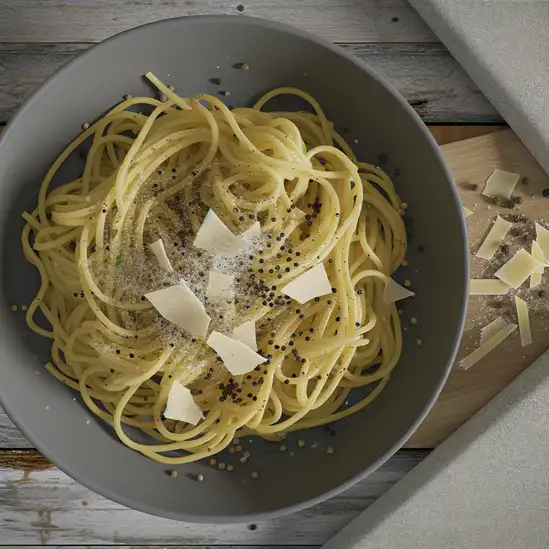
A simple yet flavorful pasta dish consisting of spaghetti, Pecorino Romano cheese, and freshly cracked black pepper.
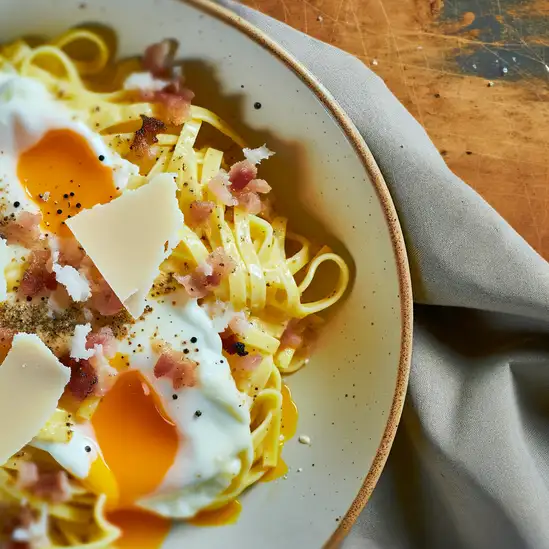
A classic Roman pasta dish made with eggs, cheese (Pecorino Romano), guanciale (cured pork cheek), and black pepper.

A traditional pasta sauce made with tomatoes, guanciale, and Pecorino Romano cheese, typically served with bucatini.
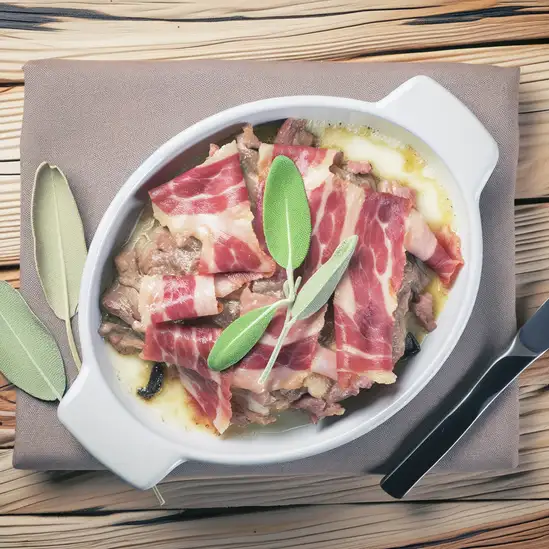
A savory dish made of veal, prosciutto, and sage, cooked in white wine, originating from Rome.
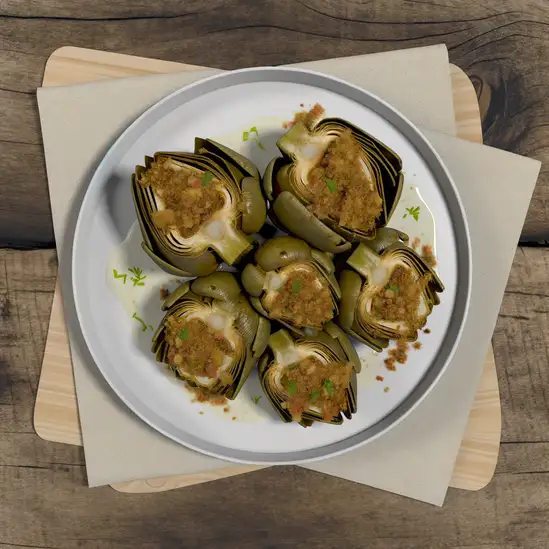
Roman-style artichokes, typically stuffed with a mixture of herbs, garlic, and breadcrumbs, then braised in olive oil.
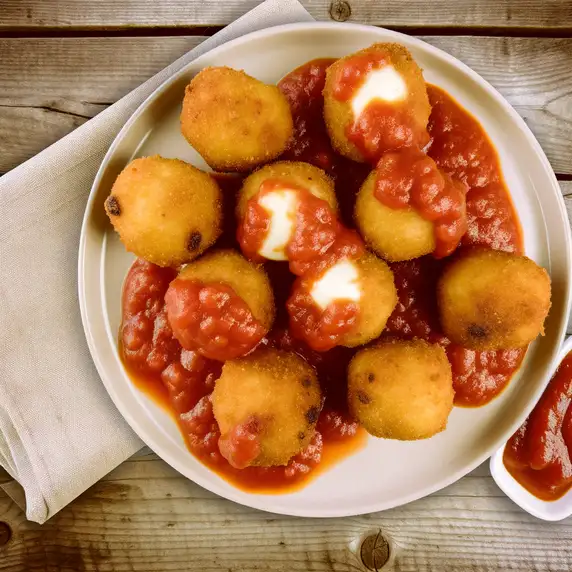
Fried rice balls filled with tomato sauce and mozzarella, often served as a snack or appetizer.
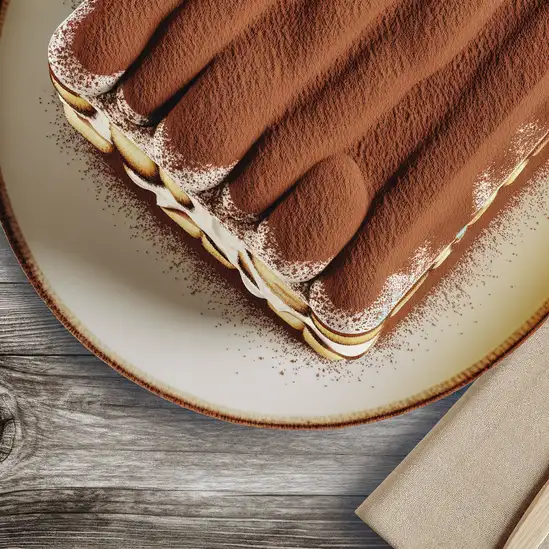
A popular Italian dessert made with layers of coffee-soaked ladyfingers and mascarpone cheese, often dusted with cocoa powder.

A savory, boneless pork roast, seasoned with herbs and spices, often served in a sandwich or as a main dish.

A traditional Roman pasta dish made with guanciale, Pecorino Romano cheese, and black pepper, considered a precursor to Amatriciana.

A sweet bun filled with whipped cream, often enjoyed as a breakfast treat or dessert in Rome.
Imagine stepping into a city where every corner feels like a scene from a timeless painting—Venice is exactly that kind of place. The moment you arrive,the gentle lapping of water against ancient stone buildings wraps around you like a soft melody. Instead of streets,there are winding canals,and instead of cars,gondolas glide silently beneath ornate bridges,their oars dipping rhythmically into the emerald water. The air carries a mix of salty sea breeze and the faint aroma of fresh espresso and baked pastries from nearby cafés,inviting you to slow down and savor the moment.
Venice has this magical,almost dreamlike quality. The light here is different—soft and golden in the mornings,casting long shadows on the labyrinth of narrow alleys and colorful facades. You’ll find yourself wandering without a map,getting delightfully lost among the bustling markets,where vendors call out in melodic Italian,selling everything from fresh seafood to vibrant Murano glass. The city’s rich history whispers from every corner,from the grandeur of St. Mark’s Basilica to the quiet charm of tucked-away piazzas where locals sip wine and chat as if time has paused.
What makes Venice truly unforgettable is its rhythm—slow,intimate,and deeply human. It’s a place where you can hear the laughter of children playing by the water,the clinking of glasses in cozy trattorias,and the soft hum of a street musician’s violin. Visiting Venice isn’t just about seeing a city; it’s about feeling its heartbeat,tasting its flavors,and becoming part of its endless story.
Naples feels like stepping into a living,breathing storybook where every street corner hums with life and history. The city’s energy is raw and unfiltered—imagine narrow alleys bursting with the aroma of fresh espresso and wood-fired pizza,while the chatter of locals spills out from bustling cafés. It’s a place where the past and present collide beautifully:ancient ruins nestle beside vibrant markets,and baroque churches stand tall amid colorful,graffiti-splashed walls. Walking through Naples,you can almost taste the city’s soul in the salty sea breeze mingling with the scent of basil and ripe tomatoes.
What really grabs you is Naples’ character—bold,unapologetic,and fiercely proud. The people here have a warmth that’s instantly welcoming,whether they’re sharing stories over a slice of the world’s best Margherita pizza or guiding you to a tucked-away viewpoint overlooking the shimmering Bay of Naples. The city’s soundtrack is a lively mix of street musicians,church bells,and the occasional honk of scooters weaving through traffic,creating a rhythm that’s uniquely Neapolitan.
And then there’s the food—oh,the food! It’s not just a meal; it’s a celebration. From the first bite of a perfectly blistered pizza to the sweet,creamy delight of sfogliatella,every flavor tells a story. Naples invites you to slow down,savor the moment,and dive headfirst into its vibrant culture. Trust me,once you’ve wandered its streets and tasted its flavors,Naples stays with you long after you leave.
Florence feels like stepping into a living masterpiece. The moment you wander through its cobblestone streets,you’re wrapped in a warm embrace of history and art that’s impossible to ignore. Everywhere you look,grand Renaissance palaces and churches rise against the sky,their terracotta roofs glowing softly in the afternoon sun. The air carries a mix of fresh espresso,baked bread,and the faint scent of leather from the bustling markets. It’s a city that hums with quiet energy—artists sketching by the Arno River,locals chatting animatedly over glasses of Chianti,and the distant melody of street musicians weaving through piazzas.
What makes Florence truly special is its soul. It’s not just about the famous Duomo or the Uffizi’s priceless art; it’s the way the city invites you to slow down and savor every moment. Sit at a tiny café,sip a rich cappuccino,and watch the world drift by. Taste the creamy gelato that melts on your tongue,or indulge in a plate of fresh pasta that tastes like it was made just for you. The people here carry a deep pride in their heritage,and their warmth makes you feel like you’re part of a timeless story.
At sunset,the city transforms. The golden light softens the stone buildings,and the Arno reflects a palette of pinks and purples. Walking across the Ponte Vecchio,with its quaint shops and twinkling lights,you realize Florence isn’t just a place to visit—it’s a feeling you carry with you long after you leave.
Palermo feels like stepping into a vibrant mosaic where every corner hums with life and history. The city’s energy is a mix of old-world charm and raw,bustling street scenes—imagine narrow alleys lined with colorful market stalls,the air thick with the scent of fresh citrus,roasting coffee,and salty sea breeze. As you wander,you’ll hear the lively chatter of locals bargaining over fresh fish and the distant melody of street musicians playing traditional Sicilian tunes. It’s a place where the past and present dance together effortlessly.
What really grabs you about Palermo is its character—gritty yet warm,chaotic yet inviting. The architecture tells stories of centuries,from the intricate Arab-Norman palaces to the baroque churches that seem to glow in the golden afternoon light. But it’s not just about sights; it’s the feeling of sitting at a tiny trattoria,savoring arancini that crackle with every bite or a plate of pasta alla Norma bursting with fresh tomatoes and ricotta salata,while the world buzzes around you.
Palermo’s soul is in its people and their love for life,food,and tradition. Whether you’re exploring the vibrant markets like Ballarò or soaking in the sunset over the Mediterranean from the ancient fortress walls,you’ll find a city that invites you to slow down,breathe deeply,and savor every moment. It’s messy,passionate,and utterly unforgettable.
If you wander into the Città Metropolitana di Milano,you’ll immediately feel the pulse of a city that’s both fiercely modern and deeply rooted in history. Milan isn’t just Italy’s fashion capital—it’s a vibrant mosaic where sleek skyscrapers stand shoulder to shoulder with centuries-old cathedrals. As you stroll through its streets,the air hums with the chatter of locals sipping espresso at sun-dappled cafés,the clinking of glasses from bustling aperitivo bars,and the distant melody of street musicians weaving through the crowds.
The scent of freshly baked focaccia mingles with the faint aroma of leather from artisan shops tucked into narrow alleys. You’ll catch glimpses of bold art installations and elegant boutiques,but also the quiet charm of leafy parks where Milanese families gather to relax. The city’s character is a blend of ambition and warmth—people here are stylish yet approachable,passionate about design and food,but always ready to share a laugh or a story.
Don’t miss the chance to savor risotto alla Milanese,rich and golden with saffron,or to explore the vibrant markets where colorful produce and fragrant cheeses invite you to taste the region’s bounty. Whether you’re marveling at the intricate details of the Duomo’s façade or losing yourself in the creative buzz of the Navigli district’s canals,Milan feels alive,inviting you to dive in and discover its many layers.
Imagine stepping into a place where the sun kisses ancient stone walls and the salty breeze carries whispers of the Mediterranean—welcome to Cagliari. This Sardinian city pulses with a laid-back charm that feels both timeless and alive. Wander through its narrow,winding streets in the Castello district,where pastel-colored buildings lean into each other,and the scent of fresh bread mingles with the distant hum of the sea. Here,history isn’t just in museums; it’s etched into every corner,from Roman ruins to Byzantine towers,all framed by vibrant bougainvillea spilling over balconies.
As you stroll along Poetto Beach,the soft sand warms your feet while the rhythmic crash of waves invites you to pause and breathe. Cafés spill onto piazzas,where locals sip espresso and chat animatedly,their voices blending with the clinking of glasses filled with crisp Vermentino wine. The markets buzz with life—fresh fish glistens under the sun,ripe tomatoes and fragrant basil tempt your senses,and the aroma of roasted chestnuts lingers in the air.
Cagliari’s soul is a mix of old-world grace and Mediterranean zest. It’s a place where you can lose yourself in art-filled churches,then find yourself again in a lively trattoria,savoring fregola pasta with clams,each bite a celebration of Sardinia’s rich flavors. Visiting here feels like stepping into a warm embrace—inviting,vibrant,and utterly unforgettable.
Devices are placed on ATMs to capture card information, leading to unauthorized withdrawals.
Scammers ask tourists to sign a petition and then demand a donation or pickpocket them while they are distracted.
Scammers pose as ticket inspectors on public transport and demand fines from tourists for supposed violations.
Unlicensed guides offer tours at popular sites, providing little value and sometimes charging high fees.
Scammers offer tourists a 'free' bracelet and then demand payment once it is on the wrist.
Some taxi drivers overcharge tourists by taking longer routes or not using the meter.
Pickpockets often target tourists in crowded areas, using distractions to steal wallets and valuables.
Tourists are sometimes charged for items they did not order or given a different menu with higher prices.
The possession, use, and trafficking of illegal drugs are strictly prohibited in Rome and throughout Italy. Penalties for drug-related offenses can be severe, including fines and imprisonment. Even small amounts of illegal drugs can result in legal consequences. Tourists should be aware that Italy has a zero-tolerance policy towards illegal drugs.
In the Città metropolitana di Roma Capitale, smoking is prohibited in enclosed public spaces, including restaurants, bars, and public transportation. There are designated smoking areas in some public places, but it is important to look for signs indicating where smoking is allowed. Smoking is also banned in certain outdoor areas, such as near schools and hospitals. Violations can result in fines.
Vaping is subject to similar regulations as smoking in Rome. It is prohibited in enclosed public spaces and on public transportation. Some establishments may have designated areas for vaping, but it is always best to check for signs or ask staff. Vaping is also restricted in certain outdoor areas, similar to smoking.
What are other people saying about Città metropolitana di Roma Capitale?
Recent Social posts about Città metropolitana di Roma Capitale
There is nothing to show you for now.